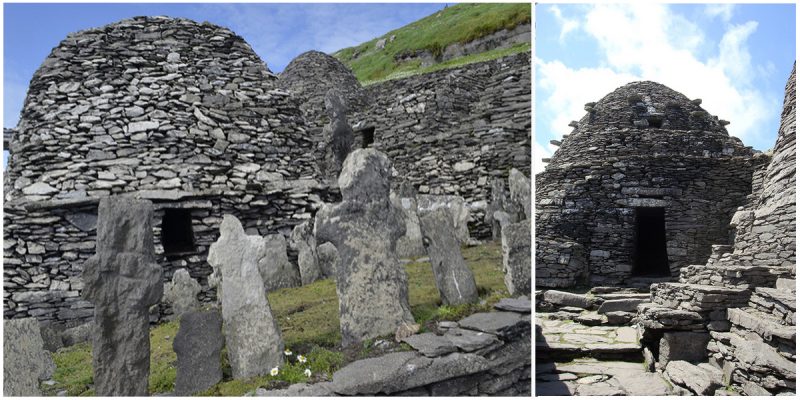Skellig Michael, also called Great Skellig, is the larger of the two Skellig Islands and is located west of the Iveragh peninsula in County Kerry, Ireland.
It is known throughout the world of archaeology as the site of a well-preserved monastic outpost of the Early Christian period.
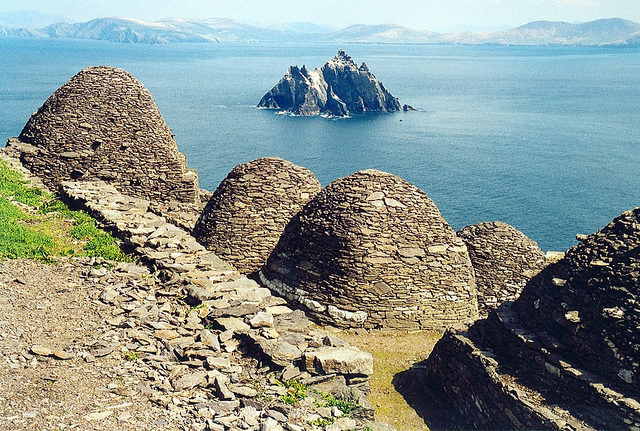
The monastery’s exact date of foundation is not known. The first definite reference to monastic activity on the island is a record of the death of Suibhini of Skellig dating from the 7th century.
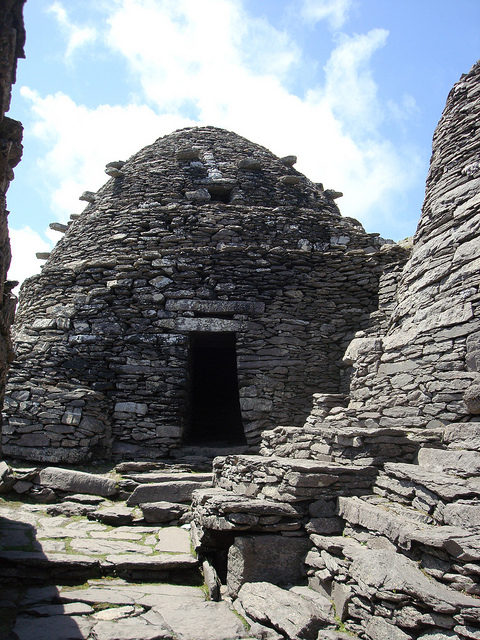
According to World Heritage Ireland, the well-preserved monastic remains have retained a strong spiritual afterlife which appeals strongly to the human psyche.
Visitors are always awestruck by the physical achievements of these early monks, which, when combined with the sense of solitude and the ocean scenery, evoke a quiet sense of magic.
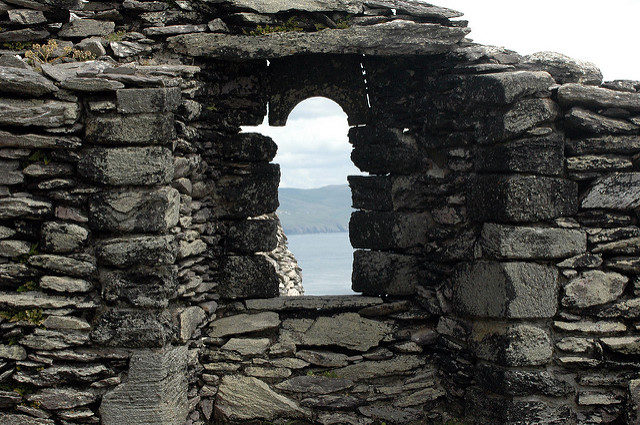
The monastic site on the island is on a terraced shelf 600 feet above sea level. It contains six beehive cells, two oratories, as well as a number of stone crosses and slabs.
The cells and oratories are all of dry-built corbel construction. It has been estimated that no more than twelve monks and an abbot lived here at any one time.
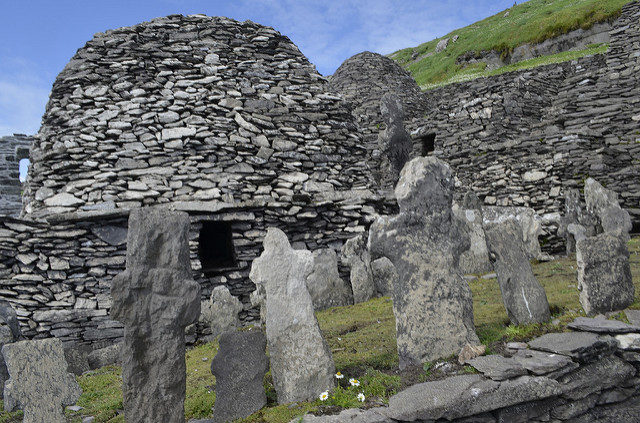
The monks constructed three sets of steps to their monastery, affording access during differing weather conditions.
These are known as the East, South, and North Steps. Only the South Steps are accessible to the public today.
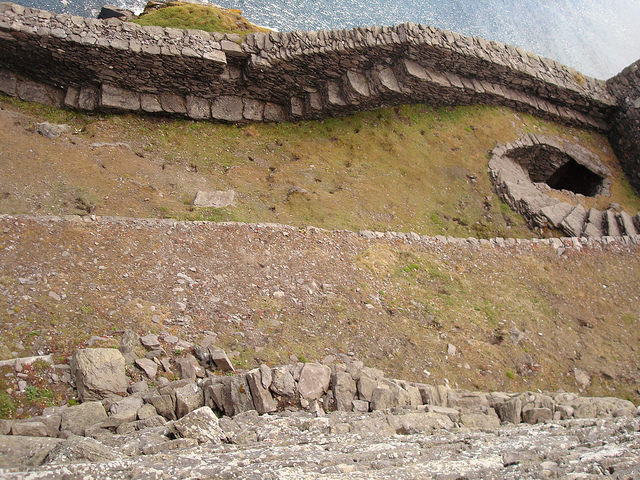
The retaining walls of the monastery were constructed of dry stone to create level terracing for the establishment of the monastery.
They provided shelter from the prevailing winds and create a microclimate, which facilitated the growth of essential foods.
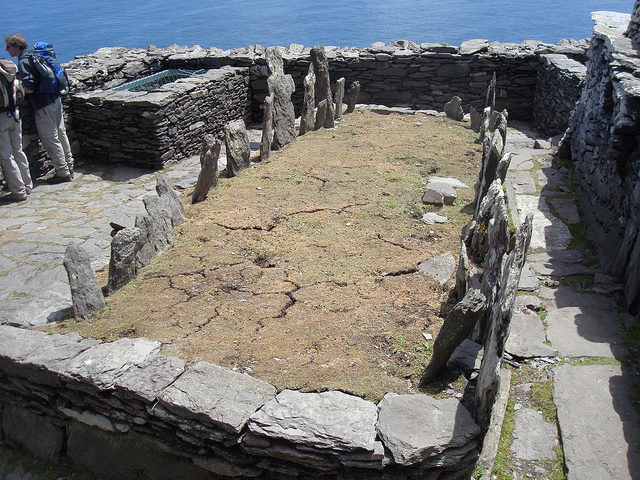
The monastery remained continuously occupied until the 12th or 13th century.
The climate around Skellig Michael became colder and more prone to storms so the monks abandoned the island and move to the abbey in Ballinskelligs.
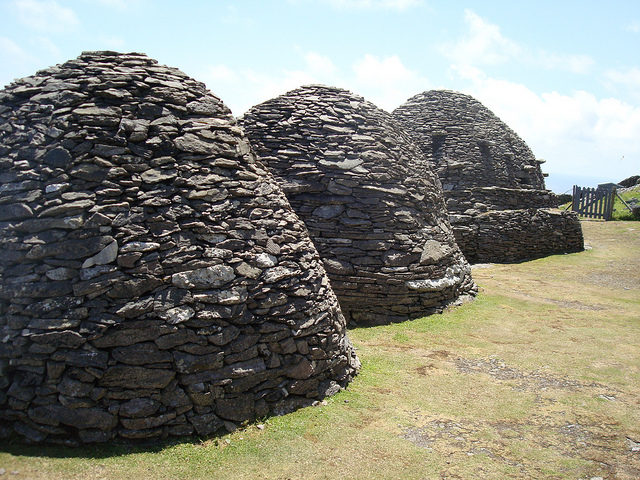
Skellig Michael was made a World Heritage Site in 1996, at the 20th Session of the World Heritage Committee in Merida, Mexico.
It was described by the committee as of exceptional universal value, and a unique example of an early religious settlement.
